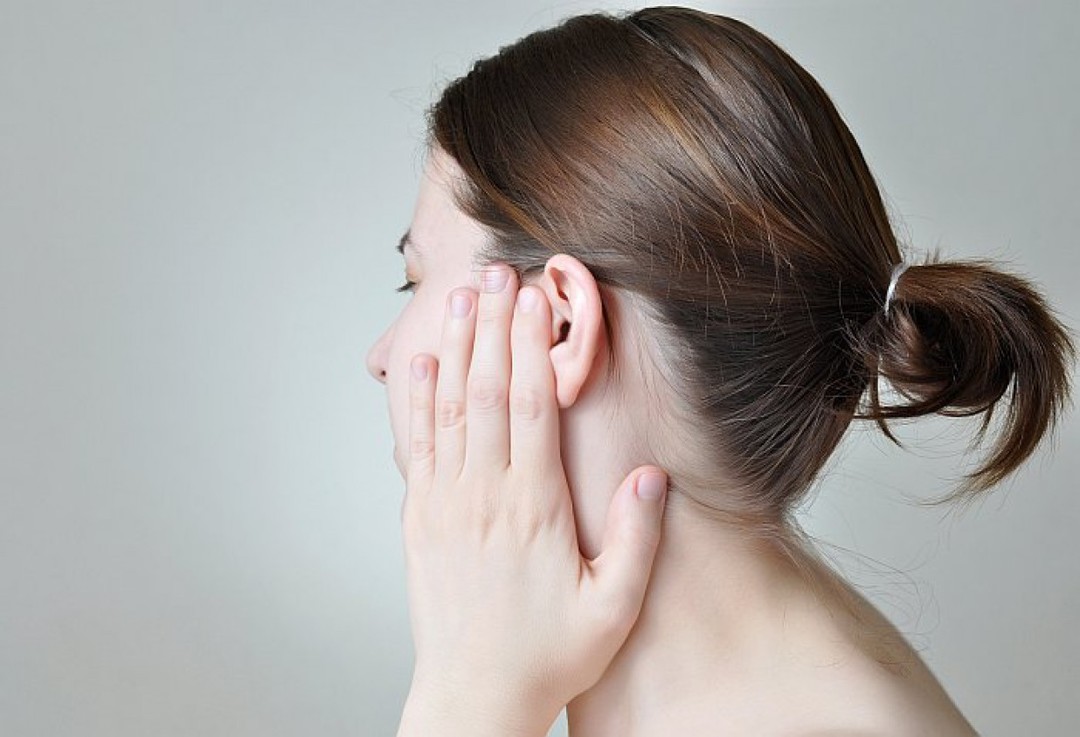Vasomotor rhinitis: symptoms and treatment
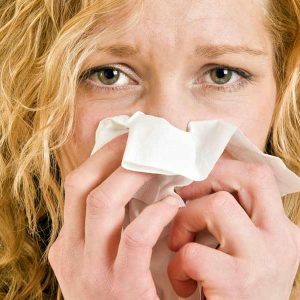
The pathology of the nose, which is directly related to regulatory disorders of vascular tone in the nose, and is chronic, in medicine is called vasomotor rhinitis.In this disease, the vessels in the nasal conchae are not filled with enough blood, which leads to nasal congestion and the appearance of mucus secretions from the nasal passages.
Vasomotor rhinitis, according to statistics, is most often diagnosed in women, and the "age" of the disease is over 20 years old.
Table of contents:Types of vasomotor rhinitis
This disease is classified according to the reasons that served as the "trigger mechanism" for its development.For each of the types of the disease under consideration, the history of its occurrence will be characteristic.
Medication-related rhinitis of the vasomotor type
This type of the disease under consideration arises against the long-term use of certain medications.For example, if a person takes nasal congestion for 10 or more days with the help of vasoconstrictors, or he is forced to take antihypertensive medications( lowering blood pressure readings), doctors will talk about a high probability of vasomotor rhinitis.
Allergic rhinitis of the vasomotor type
Some doctors call this type of disease a reflex, that is, the condition under consideration develops as a consequence of exposure to the body of various stimuli.It can be food-allergens, cold impact, inhalation of some odors, sudden sunlight and so on.
Note: , as a rule, in people with a reflex-like vasomotor rhinitis the allergy is not diagnosed.
Hormonal vasomotor rhinitis
Develops in the event that hormonal changes occur in the body, which can occur, for example, with the progression of tumor processes in the pituitary gland or with a decrease in the level of thyroid hormones.
In some cases, doctors can not classify vasomotor rhinitis, and then the disease will be idiopathic, that is, of unknown origin.
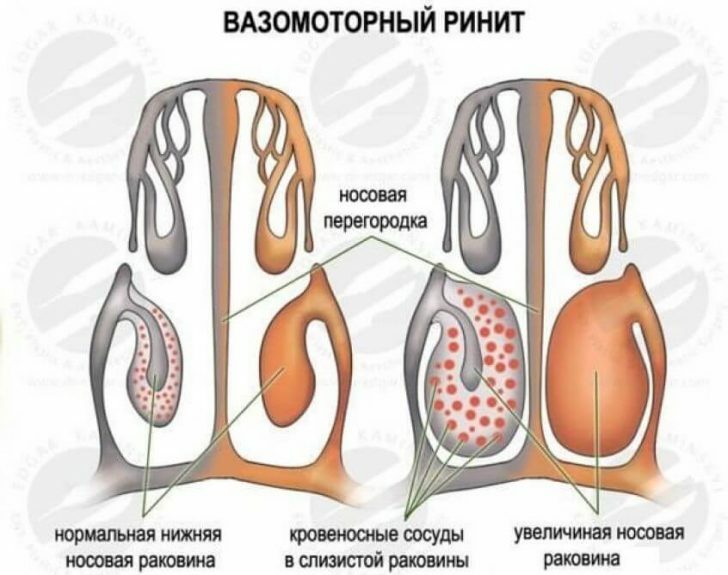
Causes of development of vasomotor rhinitis
It is believed that the basis for the development of the considered disease is the disruption of the autonomic nervous system, which results in increased or decreased filling of blood vessels in the nasal cavity and a decrease / increase in the tone of the vascular walls.Often, vasomotor rhinitis occurs against a background of previously diagnosed vegetovascular dystonia.
Physicians have identified certain factors that can trigger the appearance of symptoms that are characteristic of vasomotor rhinitis:
- sharp or prolonged inhalation of cold air;
- is a recent acute acute respiratory viral infection;
- alcohol abuse;
- chronic gastric diseases;
- injuries to the nasal septum;
- adolescence( implied hormonal changes in the body, characteristic for this period);
- available pathologies of the anatomical structure of the nose;Emotional stresses
- ;
- inhalation of unpleasant odors and / or tobacco smoke.
Note: in most cases, vasomotor rhinitis occurs against the background of a combination of several provoking factors.Often considered rhinitis is simply combined with an allergic rhinitis.
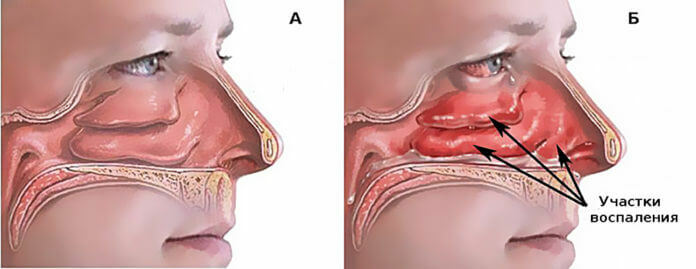
Symptoms of vasomotor rhinitis
There are no specific symptoms in the development of the disease in question, they are rather related to the general group. On the "first place" among the symptoms of vasomotor rhinitis is nasal congestion - is irregular in nature, most often observed only on one side( ie one nasal passage is functioning within the norm), acquires a more pronounced intensity in certain situations( for example, a person has changed climaticZone or there is a physical load ).Against the background of the stuffy nose, there are often discharge from the nasal passages of the mucous nature, can be slightly watery.Such discharges may be absent, or appear only in certain situations - a symptom that is not too constant to become a basis for diagnosing vasomotor rhinitis.
In addition, the sick person will have:
- a slight decrease in smell, that is, smells he perceives, but they are characterized as "barely perceptible";
- frequent sneezing;
- change of voice( it becomes nasal, the person speaks "in the nose");
- the flow of mucus down the back wall of the pharynx.
Diagnostic measures
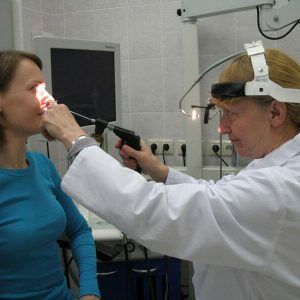 Vasomotor rhinitis can be diagnosed only after the doctor has performed a thorough examination of the patient and excludes other chronic diseases of the nose.First of all, data on the history of the disease are collected - the patient is questioned about the timing of the onset of nasal congestion, what is the nature of the discharge, when exactly( at what time of year or day) do they take place, what medications the patient used to relieve the condition.
Vasomotor rhinitis can be diagnosed only after the doctor has performed a thorough examination of the patient and excludes other chronic diseases of the nose.First of all, data on the history of the disease are collected - the patient is questioned about the timing of the onset of nasal congestion, what is the nature of the discharge, when exactly( at what time of year or day) do they take place, what medications the patient used to relieve the condition.
The next stage of the diagnosis: examination of the patient, which will help to identify signs of vegetative-vascular dystonia, if any.On the idea of the presence of dystonia, rare heart contractions, cold fingers, persistent lowering of body temperature, a feeling of drowsiness can come across.
Next, begins a rhinoscopy - examination of the nasal cavity.The doctor can ascertain enlarged nasal concha, puffiness of the cavity and a bluish tinge of the nasal mucosa.These results support a presumptive diagnosis and are considered a "point" in diagnostic activities.
Please note: The specialist will necessarily refer the patient to a test with allergens to rule out allergic rhinitis.
Treatment of vasomotor rhinitis
Vasomotor rhinitis is not easy to cure - the therapy will be comprehensive and long enough. First of all, the following recommendations of specialists should be observed:
- Eliminate / eliminate all provoking factors that lead to the development of vasomotor rhinitis.It is understood that the patient should refrain from drinking alcoholic beverages, smoking, and avoid inhaling sharp odors.
- Complete the full course of treatment of chronic gastric diseases - gastritis, gastroesophageal reflux and others.
- Elimination of anomalies in the structure of the nose.Doctors will perform a number of surgical operations that will help restore the normal structure of the nose.If such anomalies are the cause of vasomotor rhinitis development, then the treated disease will not be able to cure this disease, even the most powerful, medicinal preparations.
- It is worthwhile to do physical exercises, but such loads should be moderate.Running, walking, swimming in the pool and even an elementary morning exercise will help to correct the work of the autonomic nervous system.
- Every day you need to take a contrast shower.Naturally, you first need to get permission to conduct this procedure from your doctor.
Medication therapy
Vasomotor rhinitis can not be cured without the use of specific medications .Typically, the doctor does the following:
- Flushing the nasal cavity with sea water or a solution of sea salt.They are carried out at home twice a day for 5 days.Particular attention should be paid to the preparation of a salt solution:
- its temperature should be on average 38 degrees;
- all salt crystals must completely dissolve( optimum - drain the solution before use);
- the concentration of saline solution should not be high( maximum 1 teaspoon per 200 ml of water).
- Application of sprays, which contain hormones of the corticosteroid line.These drugs are not addictive, do not penetrate the blood and can be used to treat vasomotor rhinitis even in children 2 years and older.The course of treatment with sprays with corticosteroid hormones is long and is 30 days.The effect of using such tools will not be noticeable immediately, so in this case the systematic use is important.
- Use of medications( sprays or drops) that can reduce the amount of mucus secreted.Such remedies should include ipratropium bromide.
Please note: for diagnosed vasomotor rhinitis is strictly prohibited from using drops with vasoconstrictor effect. This not only does not treat the disease, but also leads to the development of complications.
Treatment of vasomotor rhinitis with folk remedies
It is precisely with the disease under consideration that funds from the category "traditional medicine" are quite effective.Of course, they must be approved by the attending physician and used only in the case of vasomotor rhinitis without complications. Here are just some recipes:
-
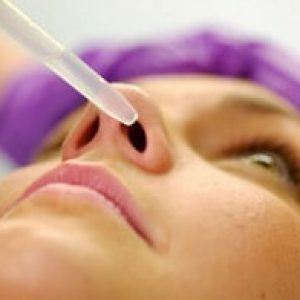 Boil the vegetable oil( in a water bath), take 1 tablespoon of this oil, add to it the same amount of freshly prepared carrot juice and 2 drops of garlic juice.All carefully mix and drip the agent in each nasal passage of 2 drops at least 3 times a day.This product can not be stored, it must be prepared in the morning and in the amount that will be needed for the whole day.
Boil the vegetable oil( in a water bath), take 1 tablespoon of this oil, add to it the same amount of freshly prepared carrot juice and 2 drops of garlic juice.All carefully mix and drip the agent in each nasal passage of 2 drops at least 3 times a day.This product can not be stored, it must be prepared in the morning and in the amount that will be needed for the whole day. - Prepare beet juice and use it in the form of drops - every 3 hours you need to drip 2 drops in each nasal passage.You can impregnate beet juice with a cotton swab and insert it into the nasal passage for 15 minutes, then follow the same procedure with the second nasal passage.Insert tampons need at least three times a day for 5 consecutive days.
- Buy at the pharmacy mint oil, mix it with honey in a 1: 2 ratio.Obtained ointment should be lubricated nasal passages( with a finger or a cotton swab just apply ointment on the mucous membrane).
- Mix in equal proportions the oil of St. John's wort and honey, moisten with a ready-made means a cotton swab and insert into the nasal passage( can be simultaneously in both) for 10 minutes.The procedure should be carried out for 5 consecutive days, but not more often than 3 times a day.
After the end of treatment, doctors recommend that they take a course of physiotherapy and regularly visit specialists to avoid relapse of the disease.
Vasomotor rhinitis refers to chronic pathologies, therefore it is impossible to completely get rid of it.But with the help of correctly conducted therapy and regular preventive examinations it will be possible to introduce the disease into a long-term remission.
Konev Alexander, internist


